Sketchtravel is an artistic journey unlike any other. No editorial project has ever before brought together as many visual artists around a common object. Passed between 72 artists over 5 years and across over 35,000 miles, the Sketchtravel sketchbook showcases the creativity of artists in numerous disciplines from around the world. Illustrators, animators, painters, and more each illustrated a page with their unique style before passing the book to the next artist. Reflecting a who’s who of popular contemporary artists, this imaginative diverse collection of artwork will inspire art lovers with its scope, diversity, and beauty, much as it did each artist who contributed a link in its chain.
Order Sketchtravel on Amazon  and help support this site.
and help support this site.
- Hardcover: 194 pages
- Publisher: Chronicle Books (August 15, 2012)
- Language: English
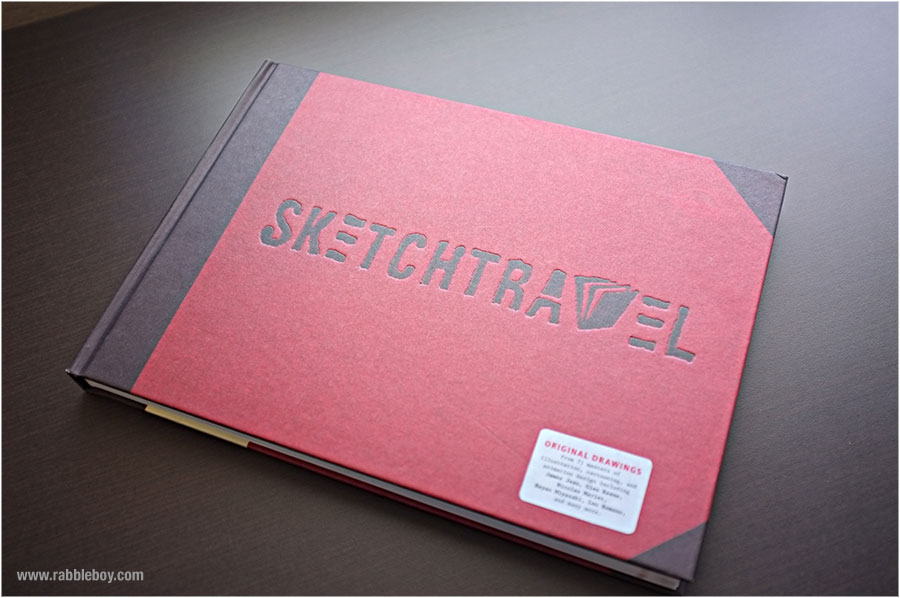
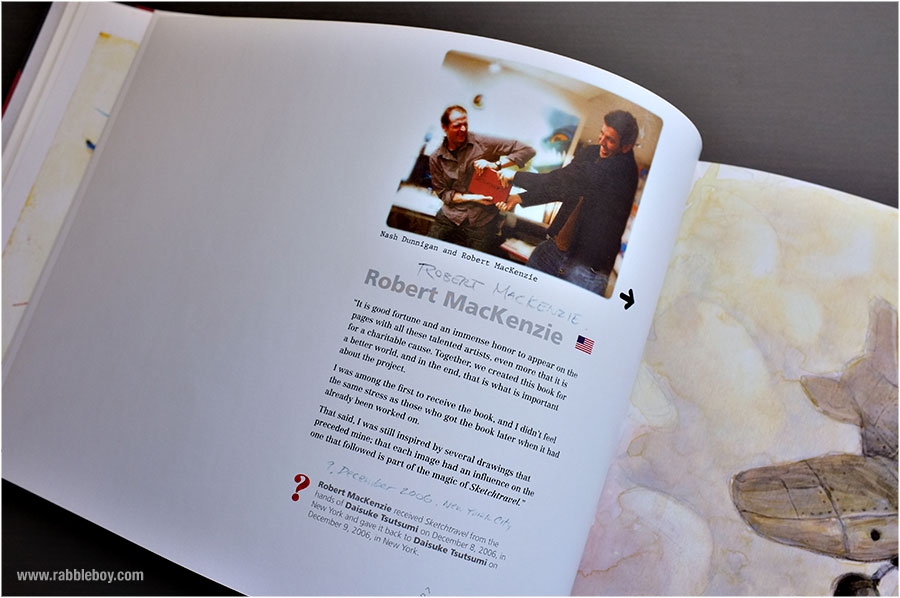
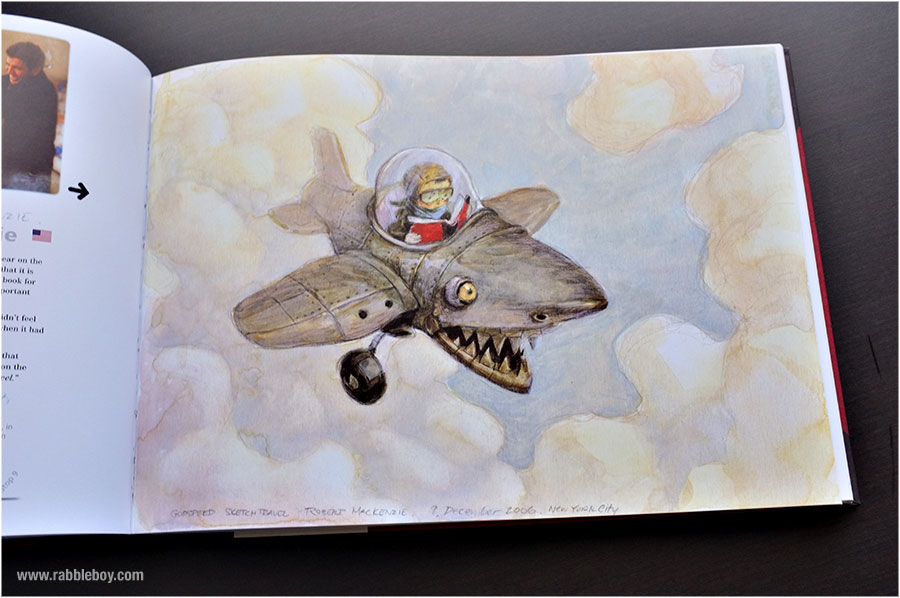
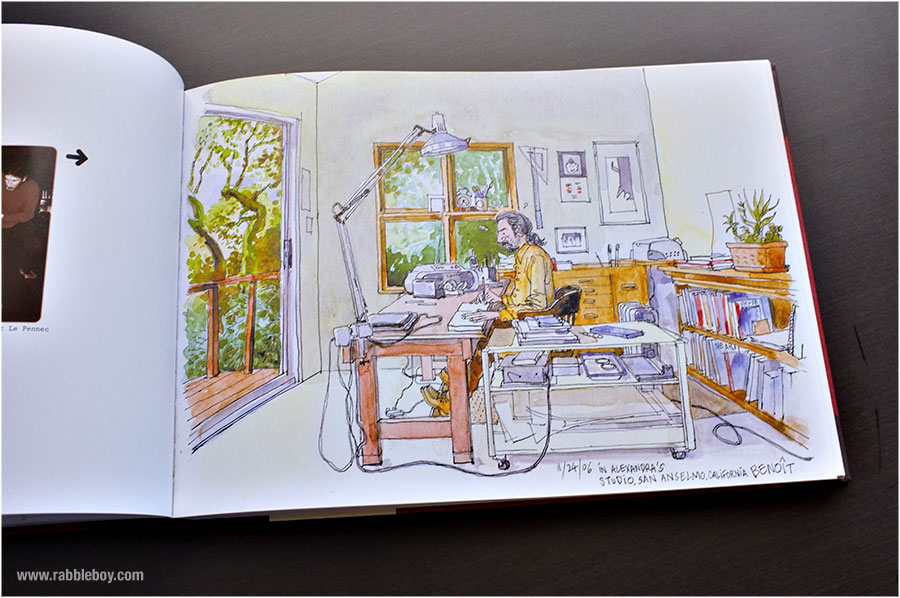
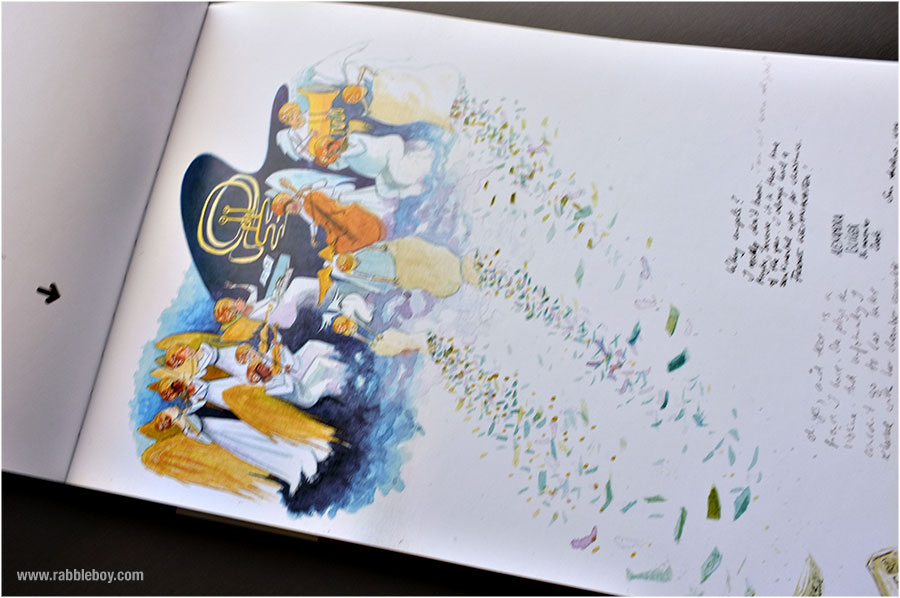
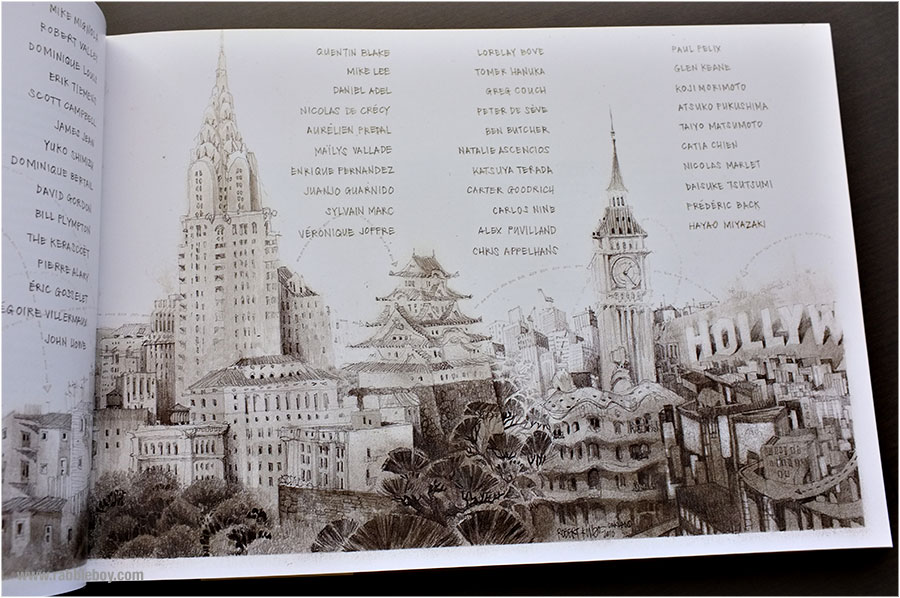
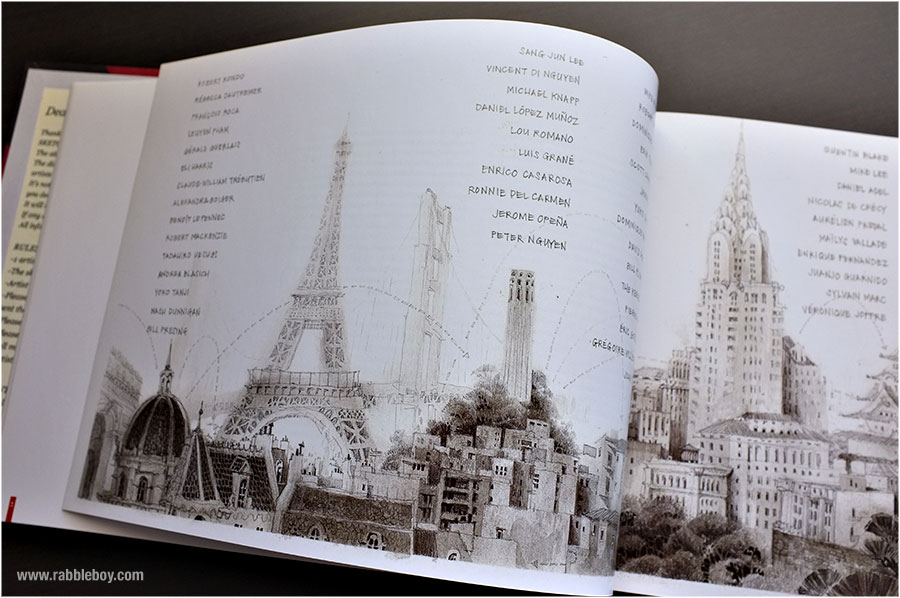
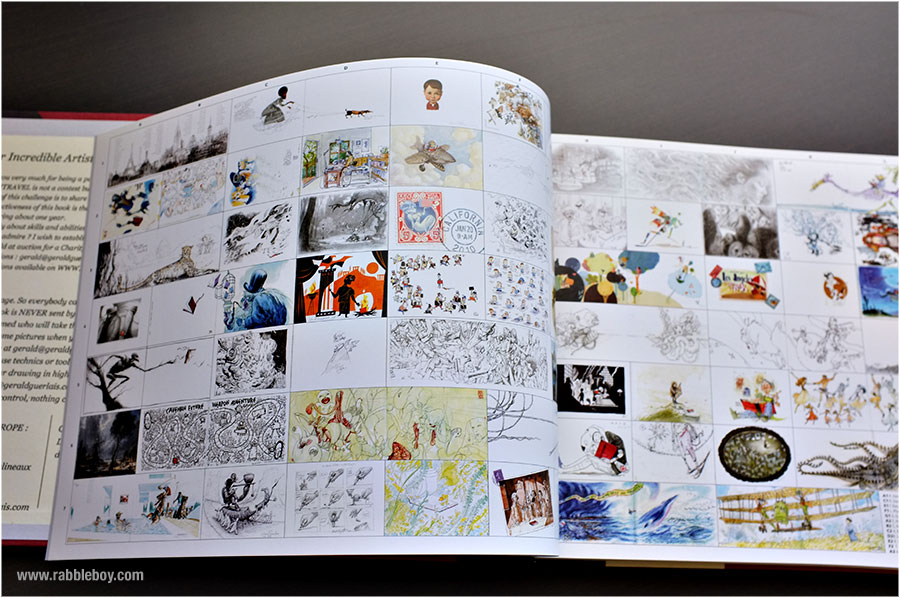
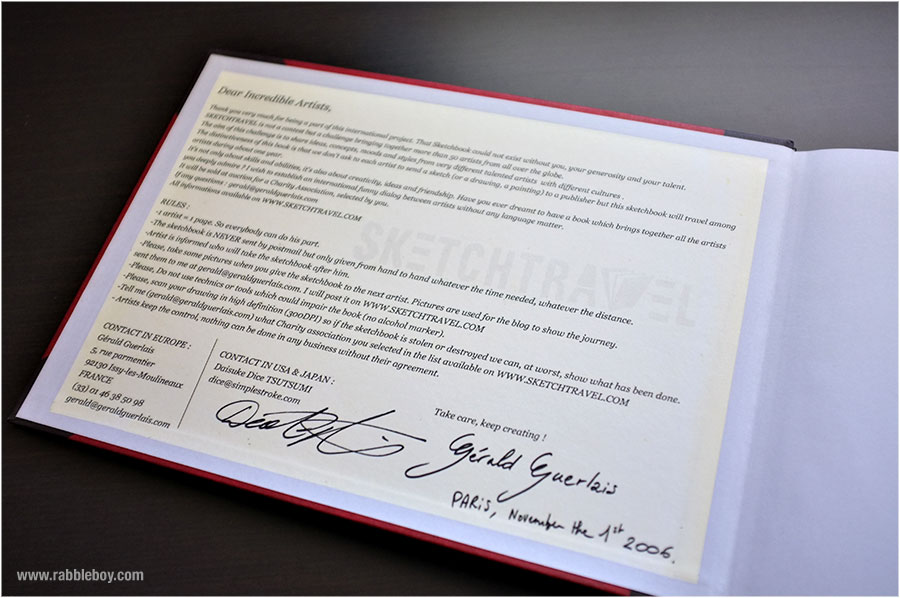
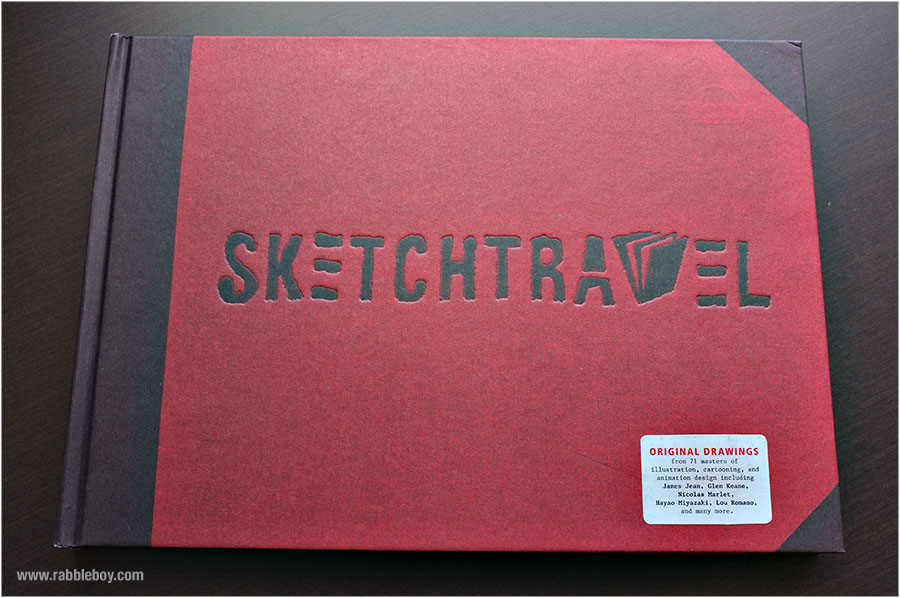
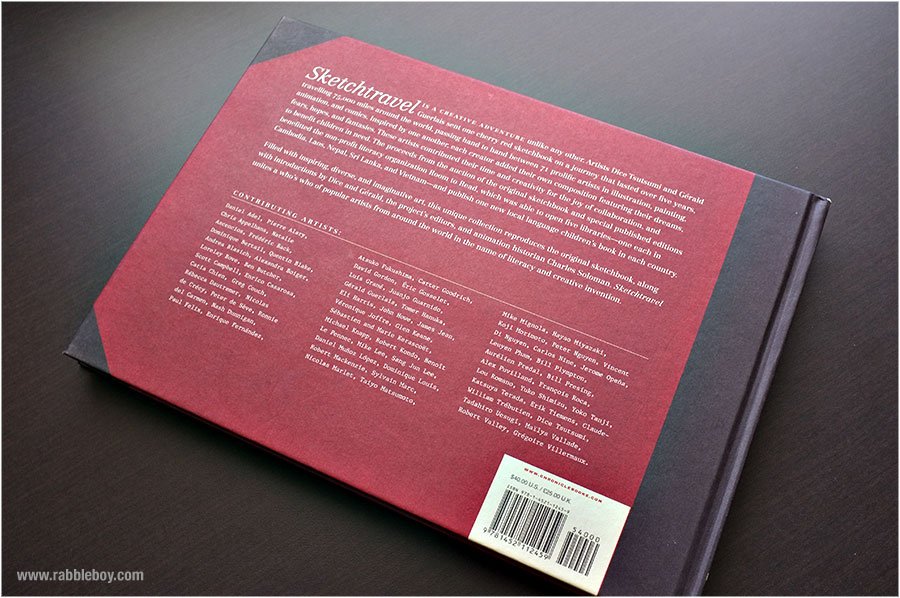
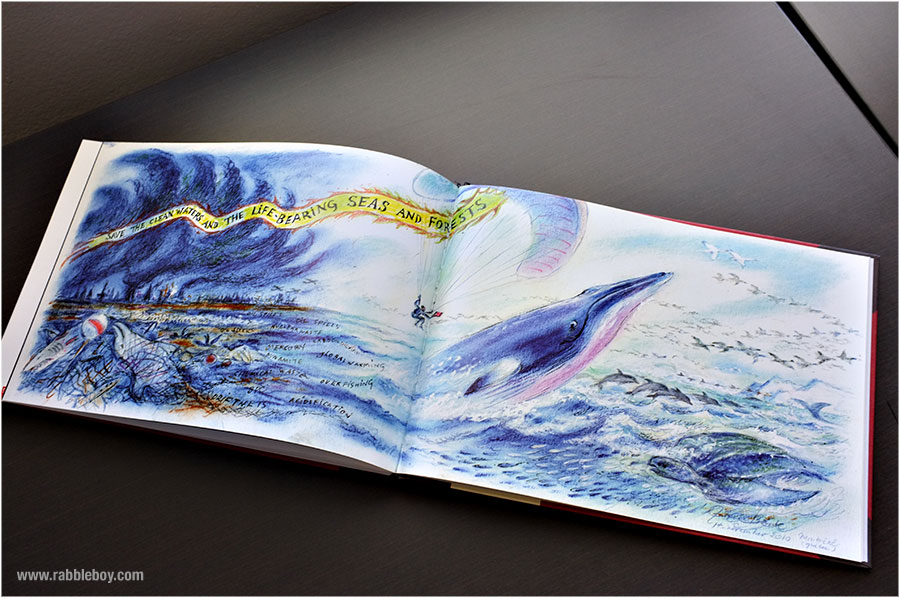
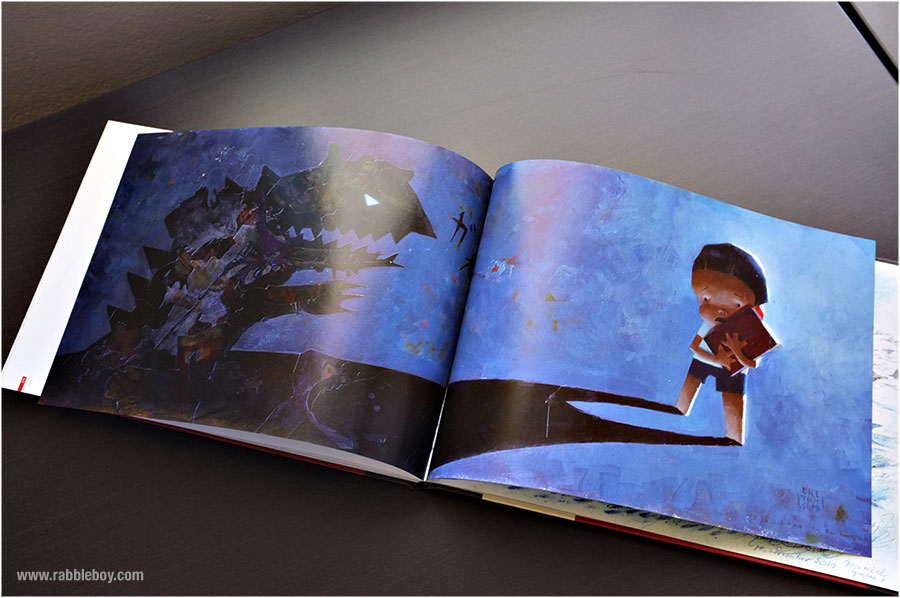
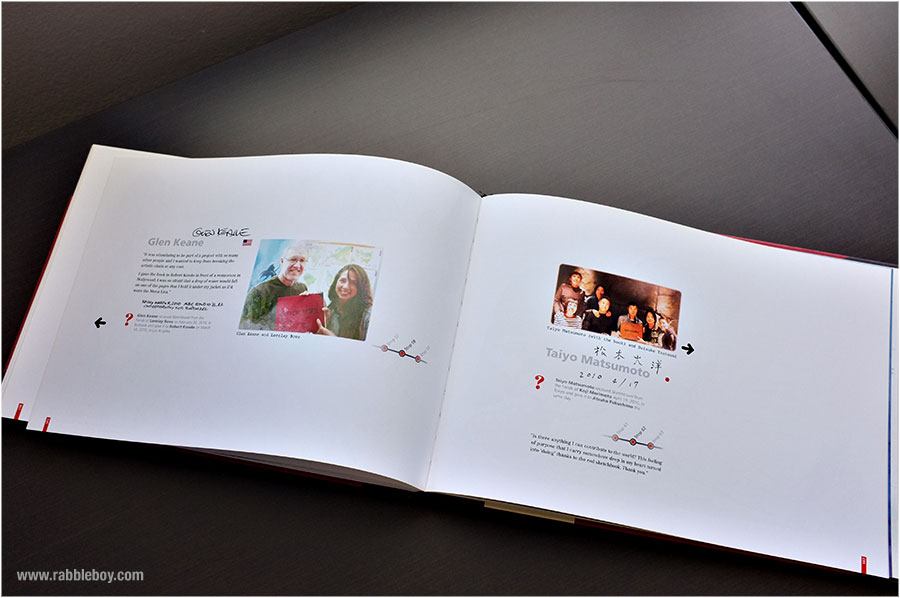
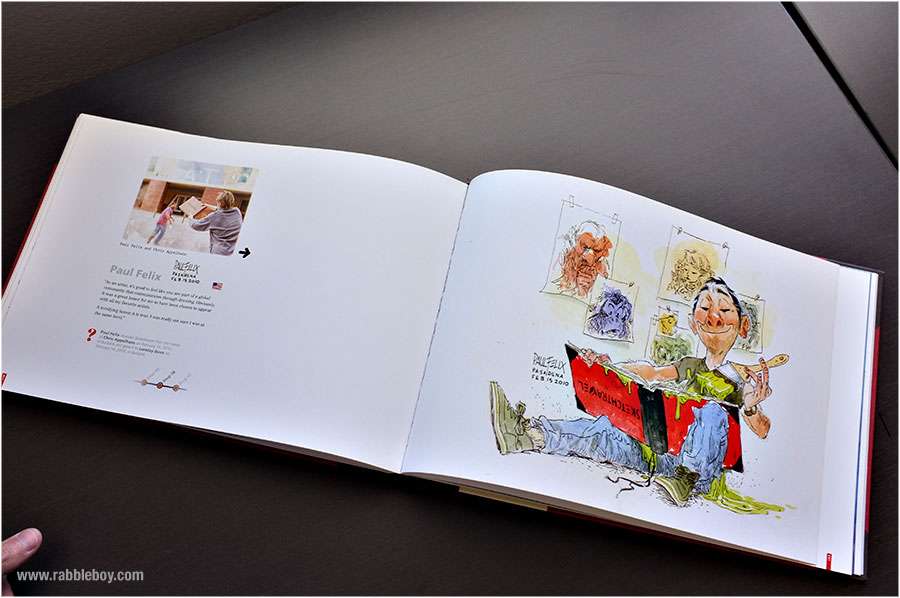
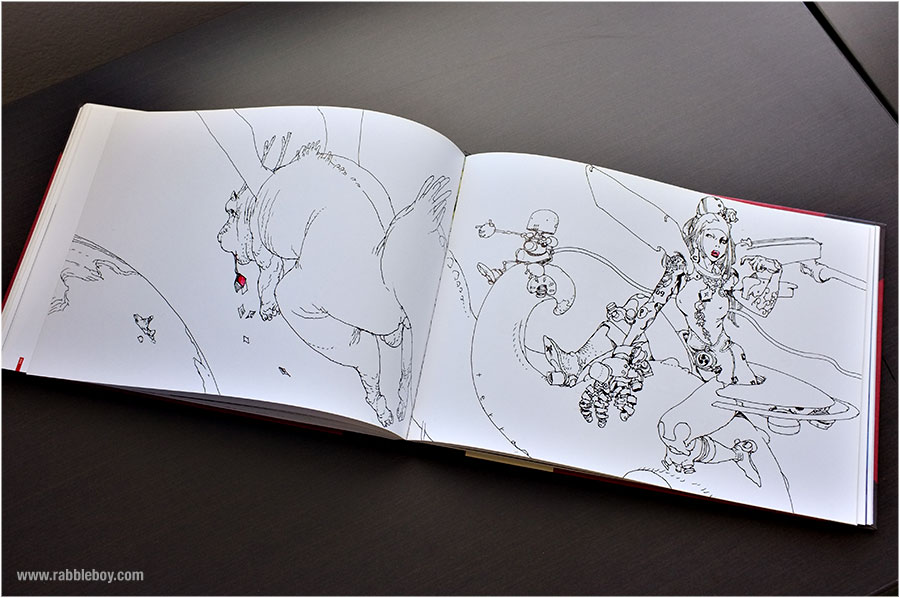
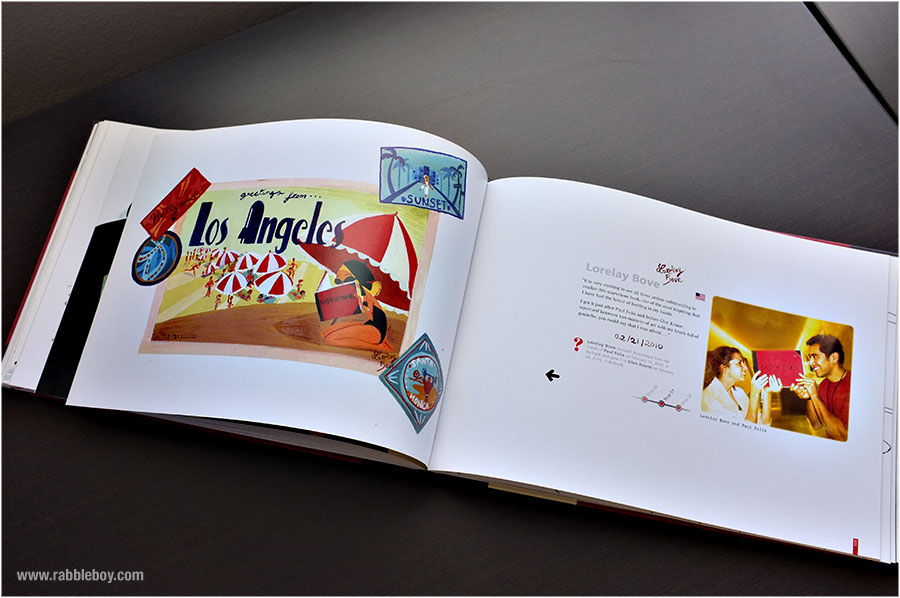
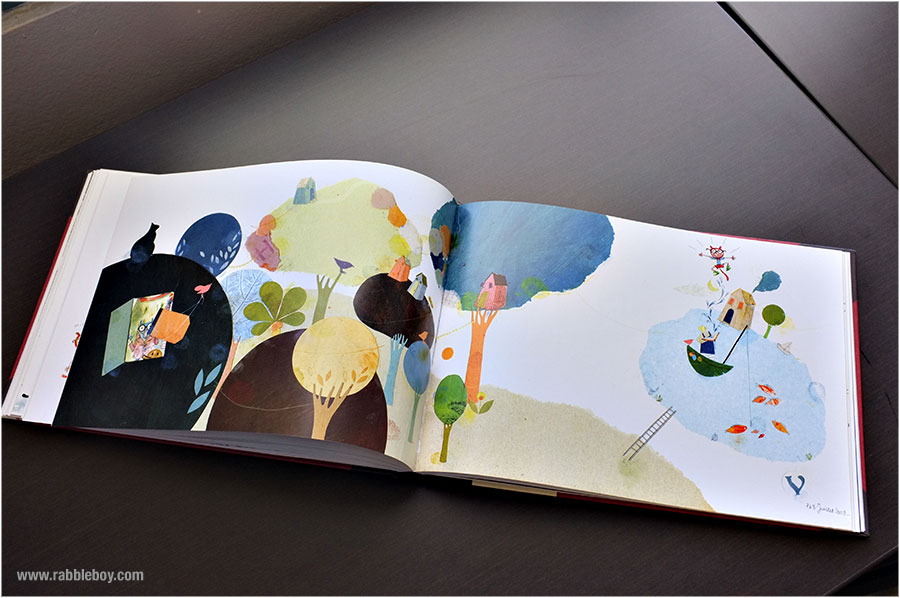
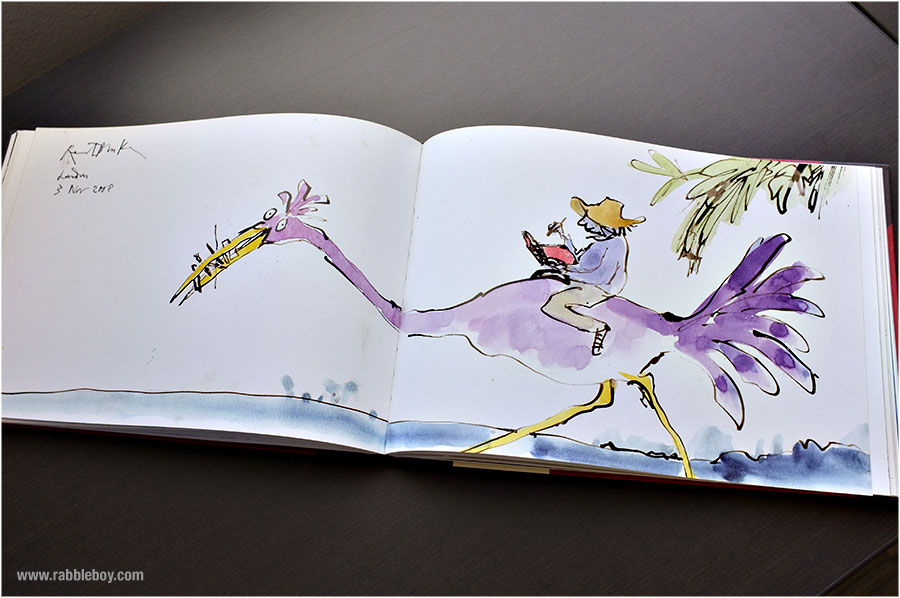
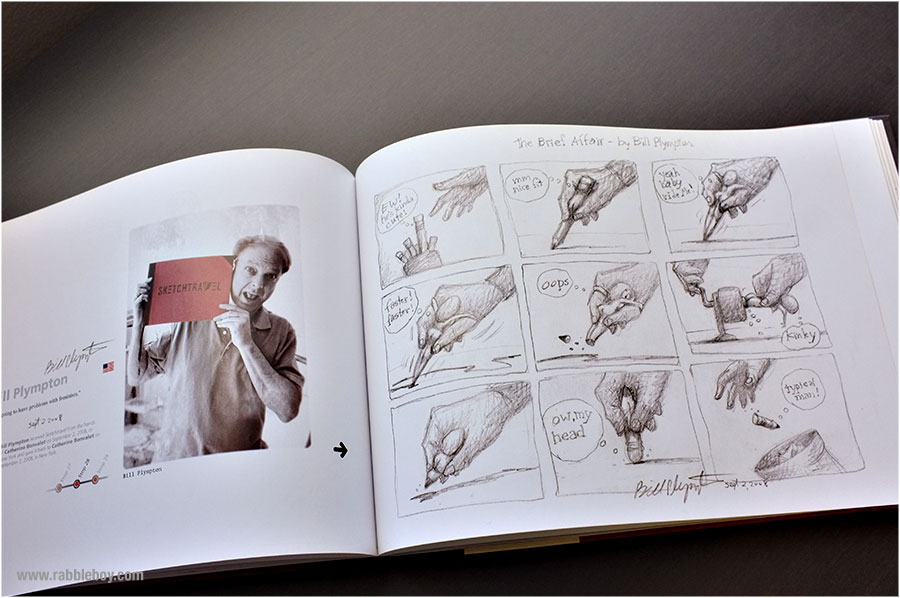
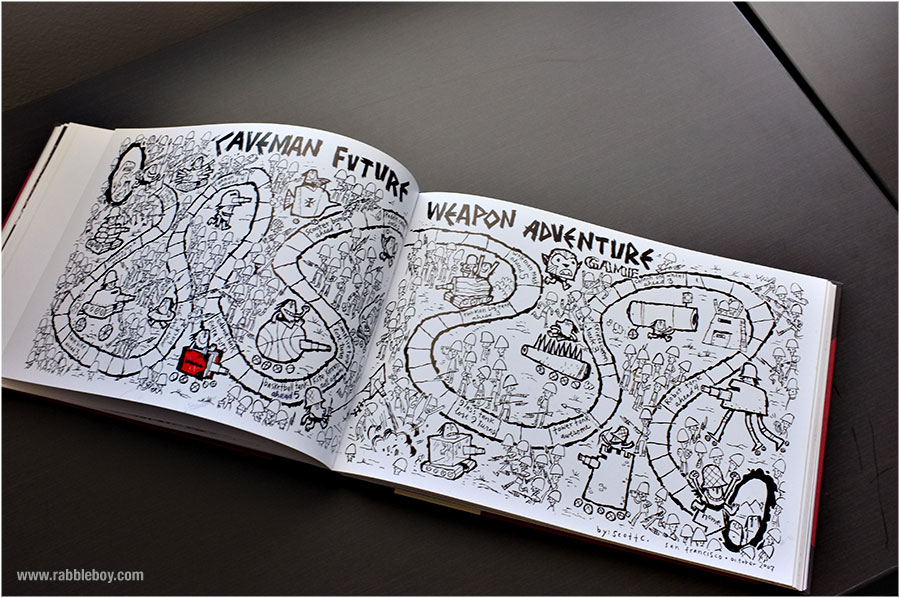
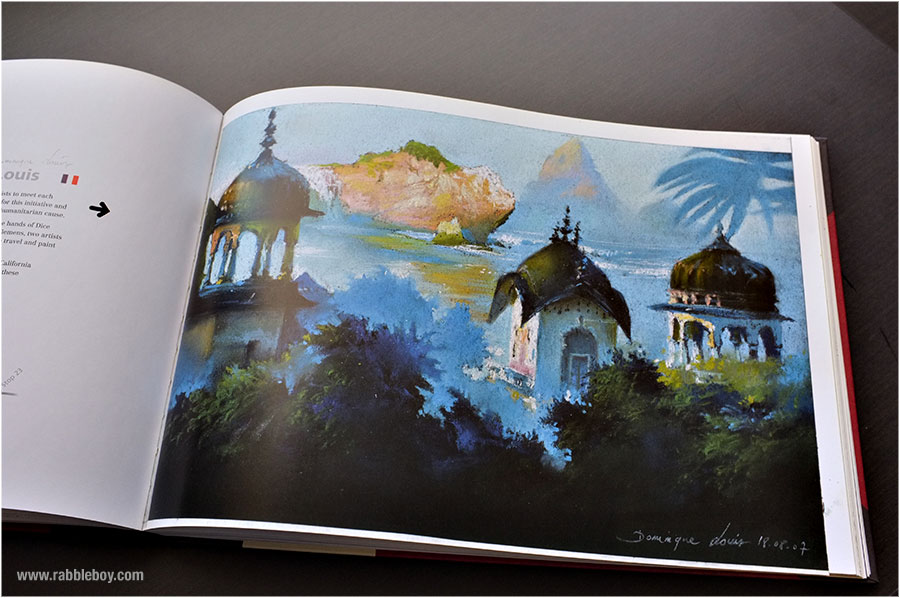
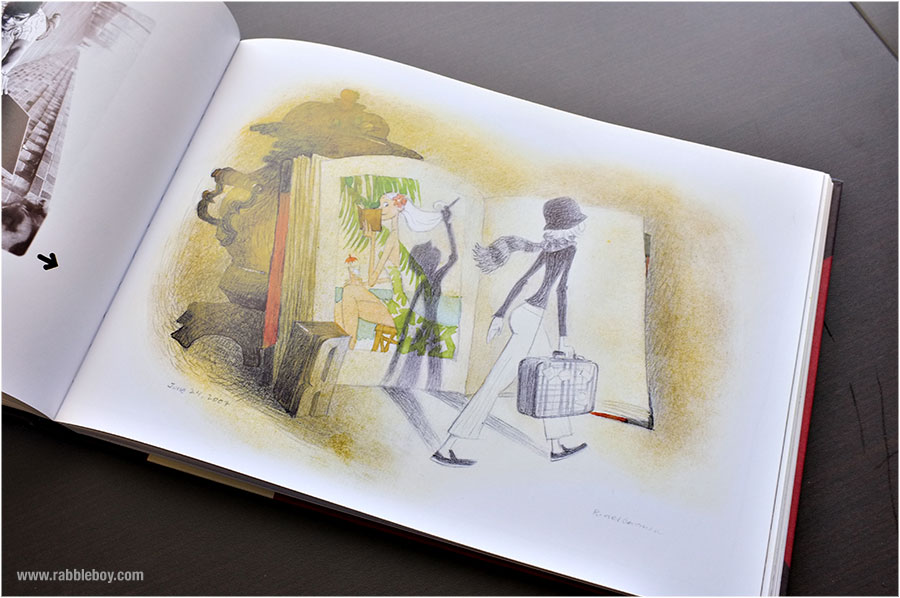
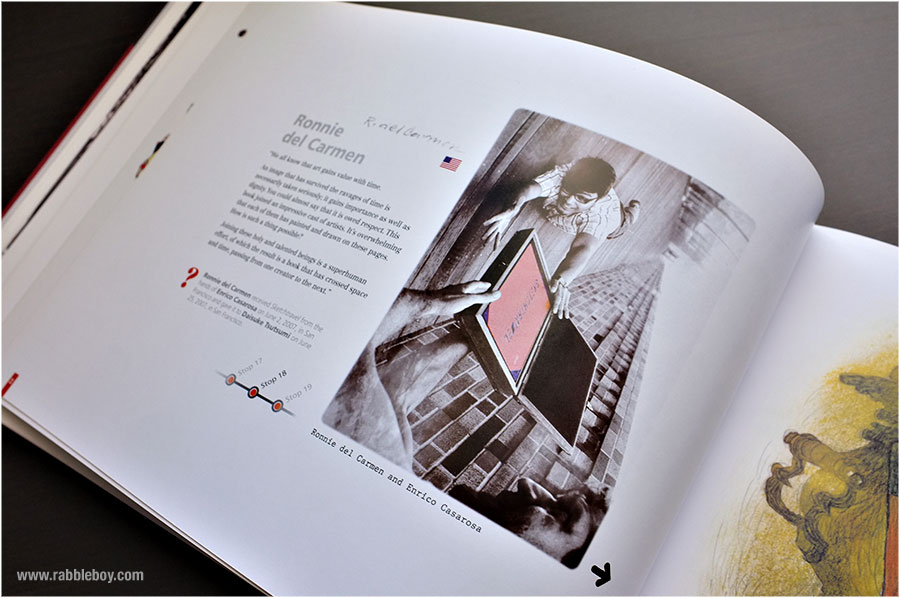
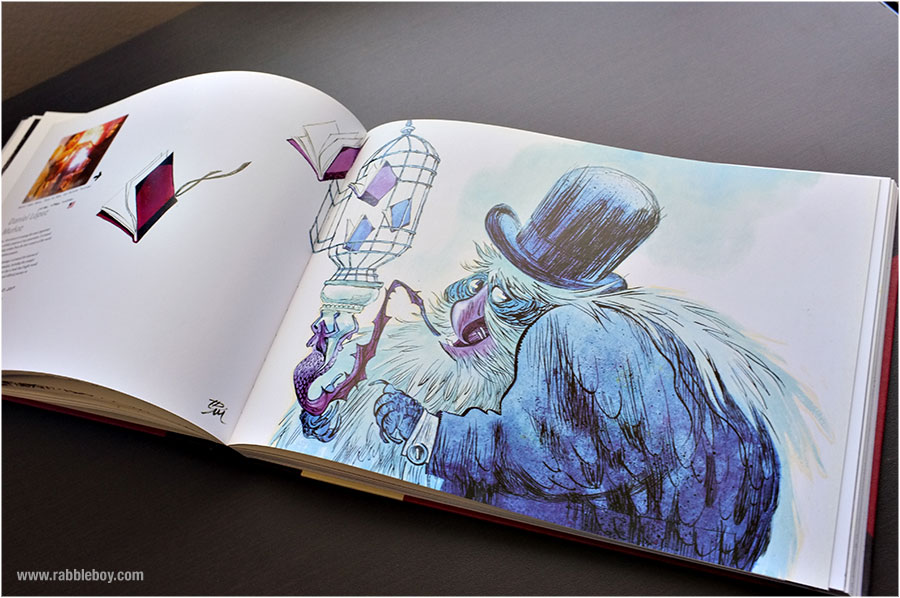
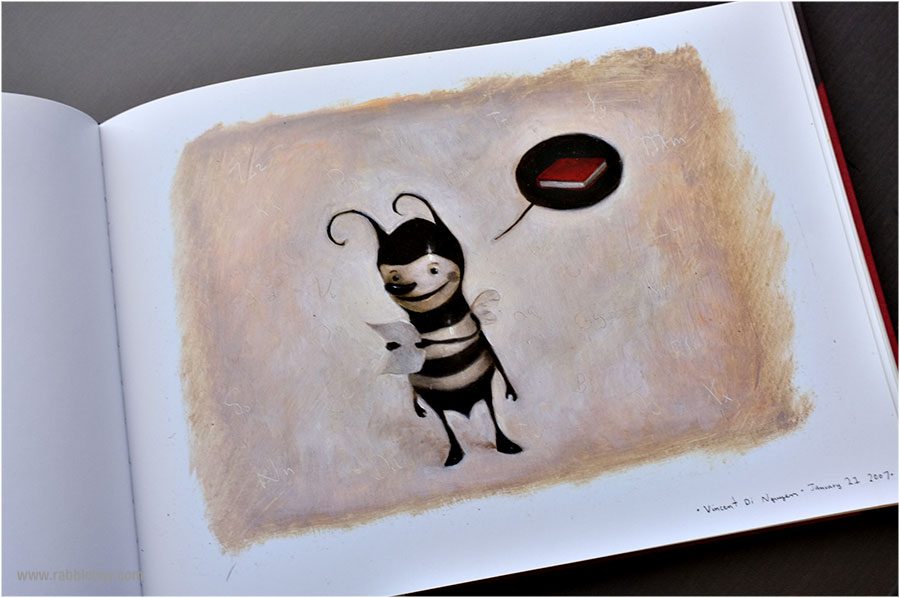
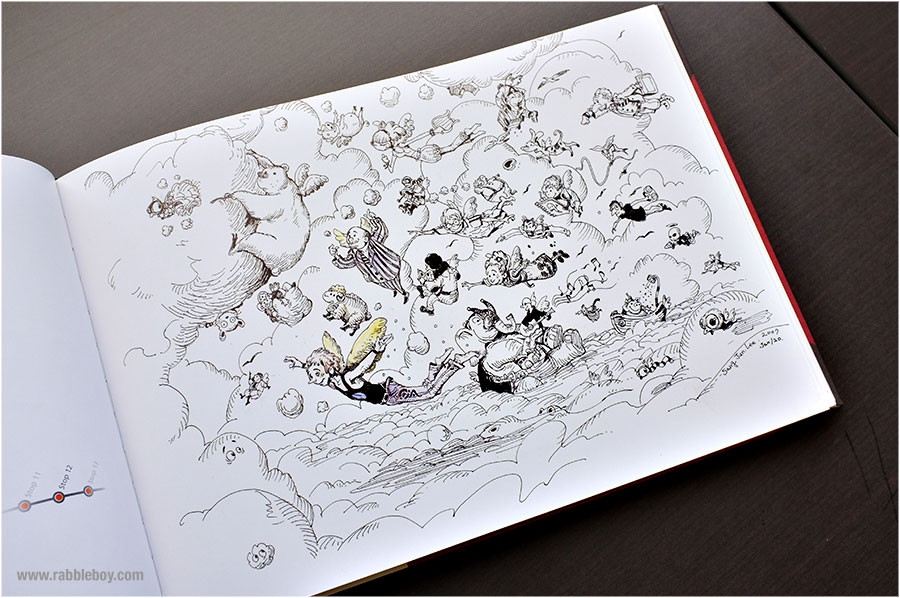
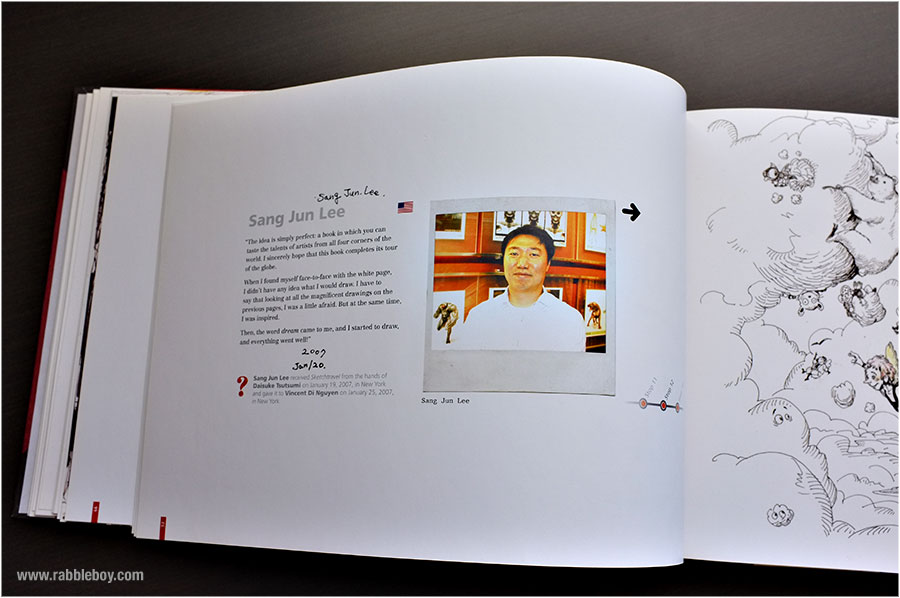
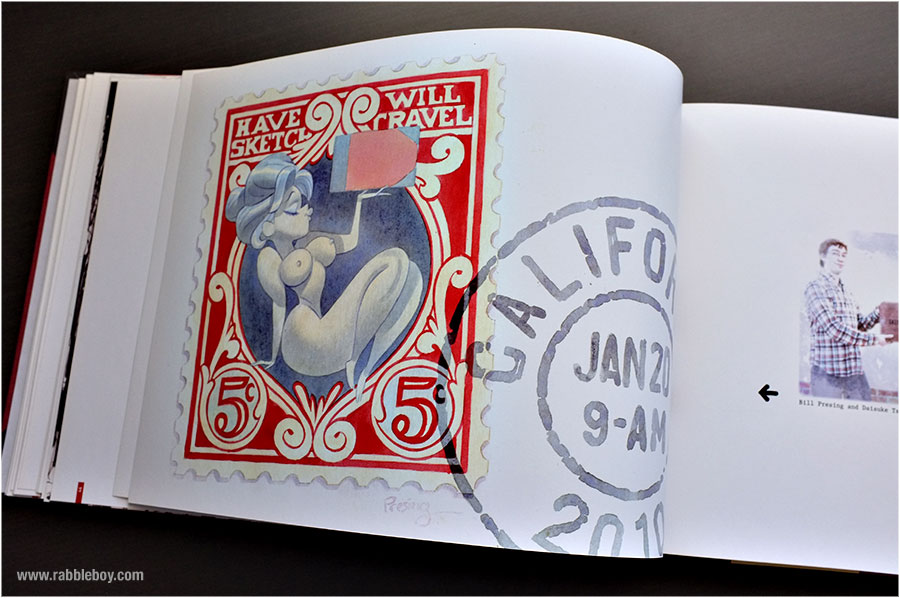
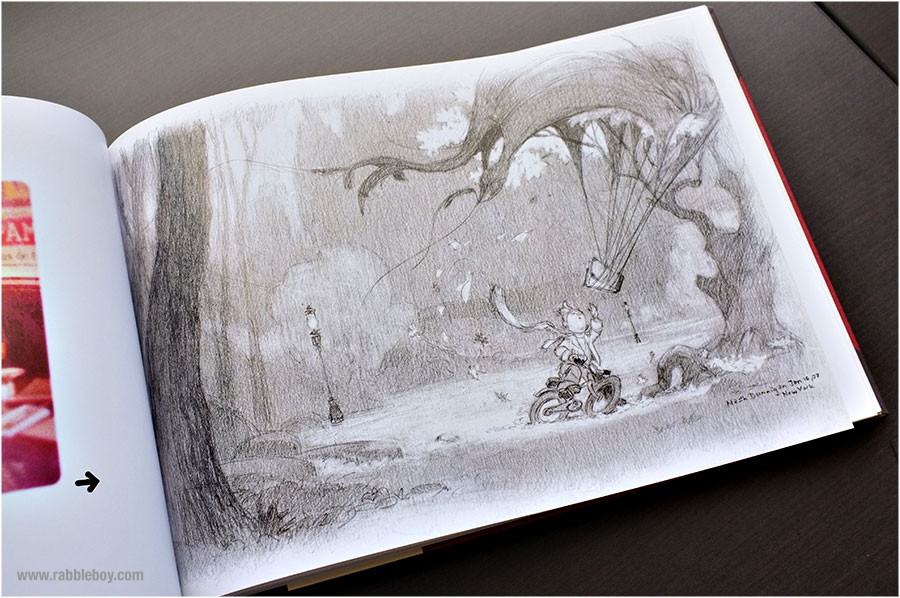
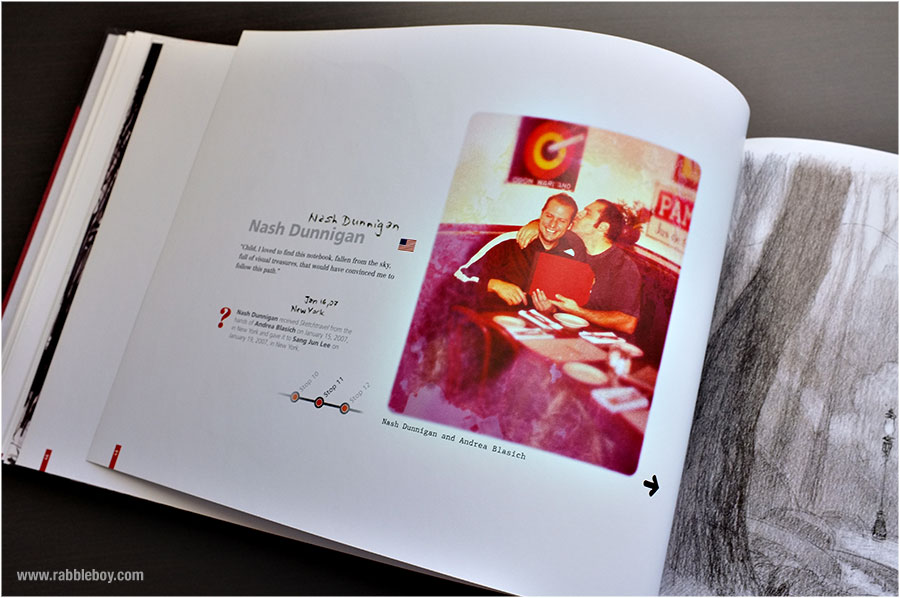
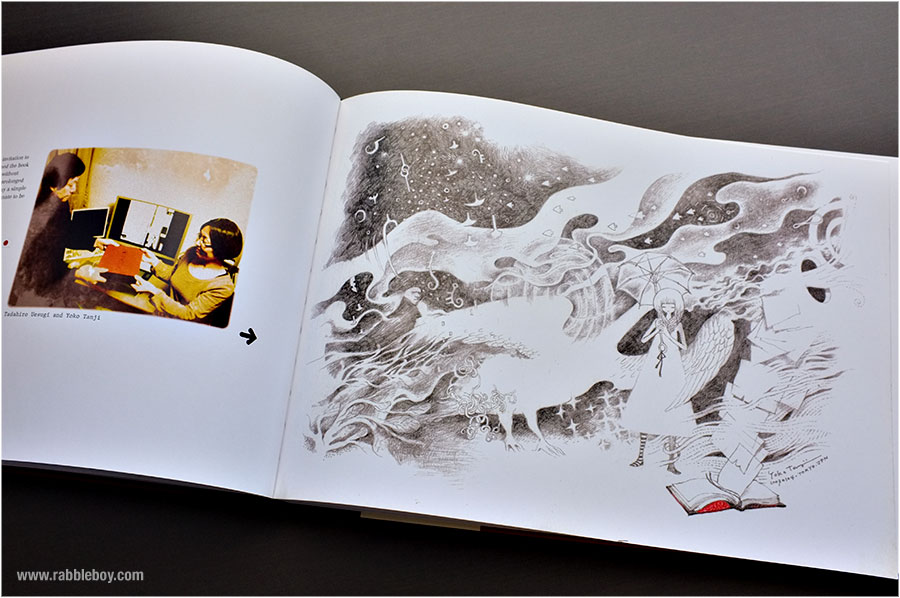
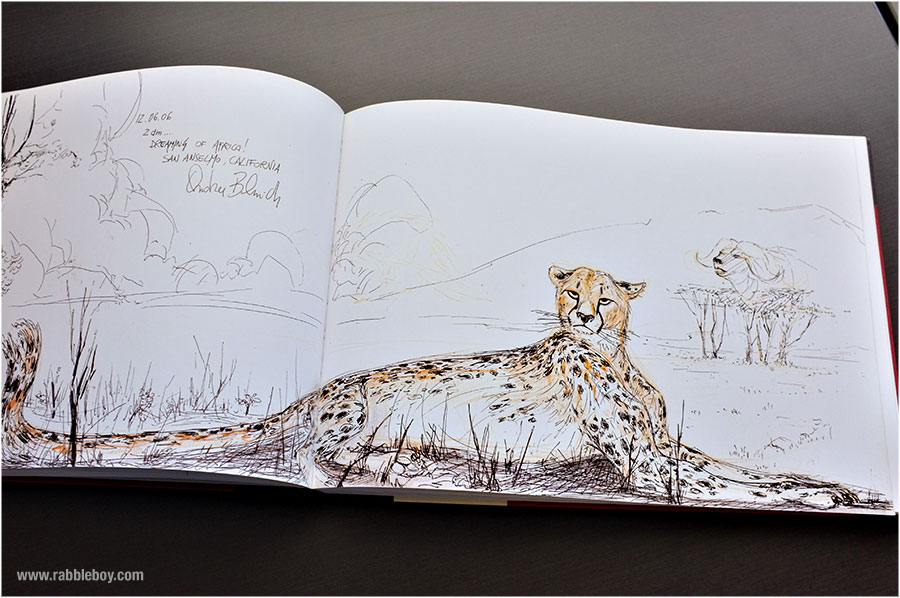
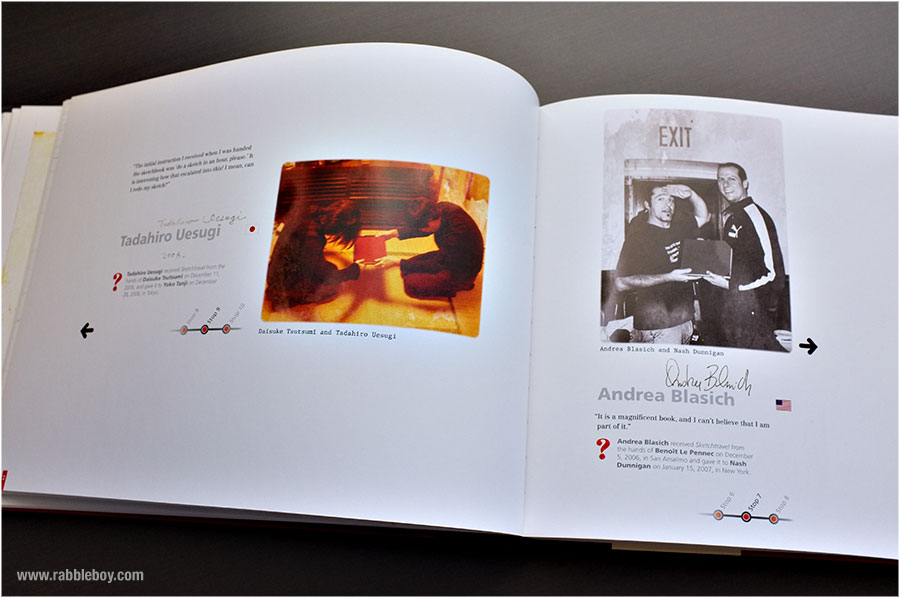
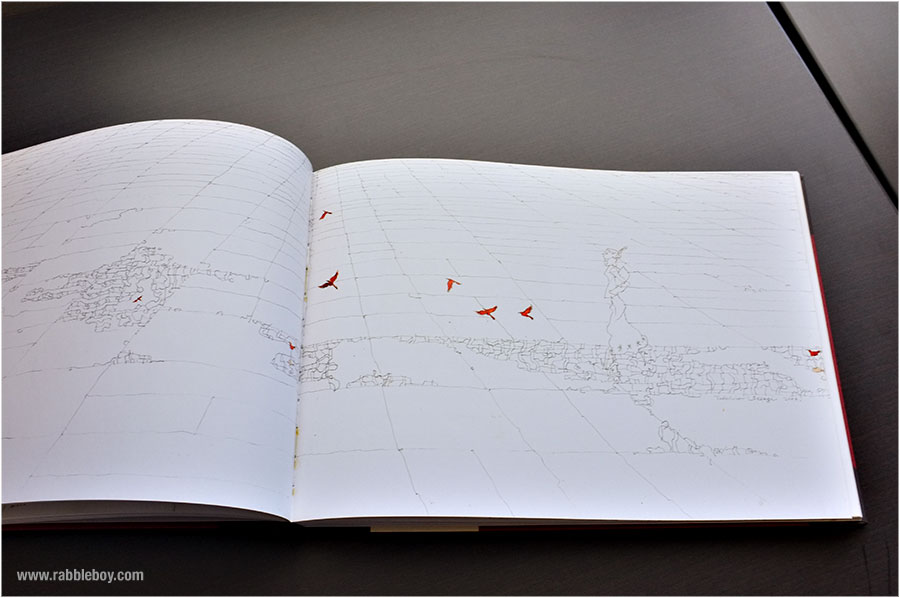

Matilda first published in London in 1988, is one of my favorite children’s books for middle-grade readers even though I read it for the first time as an adult in college. (Although, that seems to be happening more and more lately–children’s and young adult’s books are becoming my favorites as an adult!) Anyway, this Roald Dahl classic has been made into a movie (1996) and sold in Scholastic Book Fairs everywhere. So, I must not be the only one who thinks it’s special. And it’s still popular today–twenty-two years later. You know what that means. . .it’s a Timeless Thursday pick for sure.
A quick note about the plot: Five-year-old Matilda is a child prodigy even though her parents couldn’t care less and are frankly quite neglectful. The irony here is obvious especially when Matilda loves reading, and her mother loves watching TV. The librarian befriends Matilda and allows her to read every children’s book in the library. When her parents send her to school, her teacher, Ms. Honey, realizes her brilliance, but still her parents don’t value education or learning. And then as if there could be anyone worse than Matilda’s parents, Dahl introduces us to mean, old, ugly headmistress Agatha Trunchbull. The novel can get a little wild–but we expect nothing less from Dahl–when Matilda discovers that she has psychokinetic powers.
I usually like to talk about how much children can learn from a novel or how teachers and parents can use it for all sorts of lessons and curriculum objectives. But in this case, I just want to talk about how fun Matilda is, how much or a page-turner it is, and how I wish I would have written this book.  You can, of course, talk with children about how important reading is, discuss some of the books Matilda read, talk about the problems and solutions in the book, use Roald Dahl’s wonderful writing style to teach about the 6 + 1 traits of writing, and so much more. However, you can also give this book to a child who is a reluctant reader and see if he or she falls in love with this book. You can use it as an read aloud to spark the imaginations of your students and get them interested enough to read more Roald Dahl on their own. Parents can read it with their children as a bedtime story. However you decide to read this book and use it–that’s fine! Just do it. If your students or children aren’t familiar with this wonderful author, then hopefully they will be soon enough!
You can, of course, talk with children about how important reading is, discuss some of the books Matilda read, talk about the problems and solutions in the book, use Roald Dahl’s wonderful writing style to teach about the 6 + 1 traits of writing, and so much more. However, you can also give this book to a child who is a reluctant reader and see if he or she falls in love with this book. You can use it as an read aloud to spark the imaginations of your students and get them interested enough to read more Roald Dahl on their own. Parents can read it with their children as a bedtime story. However you decide to read this book and use it–that’s fine! Just do it. If your students or children aren’t familiar with this wonderful author, then hopefully they will be soon enough!
and help support this site.






































